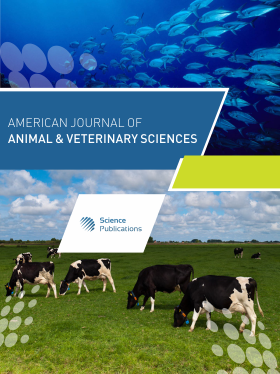Use of Quinolones in Bull Semen Extenders to Reduce Sperm Deoxyribonucleic Acid Damage
- 1 , United States
- 2 University Autonoma of Madrid, Spain
- 3 A Coruna Universty Hospital, Spain
Abstract
Cryopreserved sperm samples from Holstein bulls (n = 20) were examined for bacterial presence and Sperm DNA Fragmentation (SDF) dynamics. SDF was assessed after thawing (T0) and at 4, 24 and 48 h of incubation (37°C) and the rate of SDF (r-SDF), as an estimator of the DNA degradation over time, was calculated. Two groups of bulls were identified based on the presence or absence of bacteria: One group (n = 10) had a readily detectable bacterial presence, while the other group (n = 10) had an undetectable bacterial presence. Differences in the SDF at T0 were not observed between these two groups. However, statistically different results were found after 24 h of incubation at 37°C (Kaplan-Meier estimator; Log-Rank Matel-Cox, p<0.000). To test the direct effect of bacteria on SDF, sperm samples from 6 bulls without bacteria were inoculated with 5 µL of sperm that consistently exhibited a bacterial presence at 48 h of incubation at 37°C. Differences were observed in the r-SDF between the control and the inoculated samples. In a parallel experiment, sperm samples from 10 bulls were treated with 1 µg mL-1 of ciprofloxacin at T0. Differences in the r-SDF (p>0.05) were not detected between the control and the quinolone treated sample for those samples without bacteria. However, differences (p<0.000) in SDF were observed for quinolone treated samples that previously presented bacteria. Incubation of sealed straws showed that bacterial contamination occurred prior to cryopreservation. These results call attention to three points: (1) sperm samples were in contact with bacteria before cryopreservation; (2) the r-SDF can be directly correlated with bacterial presence but this effect remains cryptic after thawing and (3) the r-SDF can be reduced by treating the semen samples with an adequate antibiotic such as quinolones, a finding not previously reported in the scientific literature, but important in terms of reproduction.
DOI: https://doi.org/10.3844/ajavsp.2012.180.185

- 6,120 Views
- 5,527 Downloads
- 8 Citations
Download
Keywords
- Bacteria
- DNA Fragmentation
- Antibiotics
